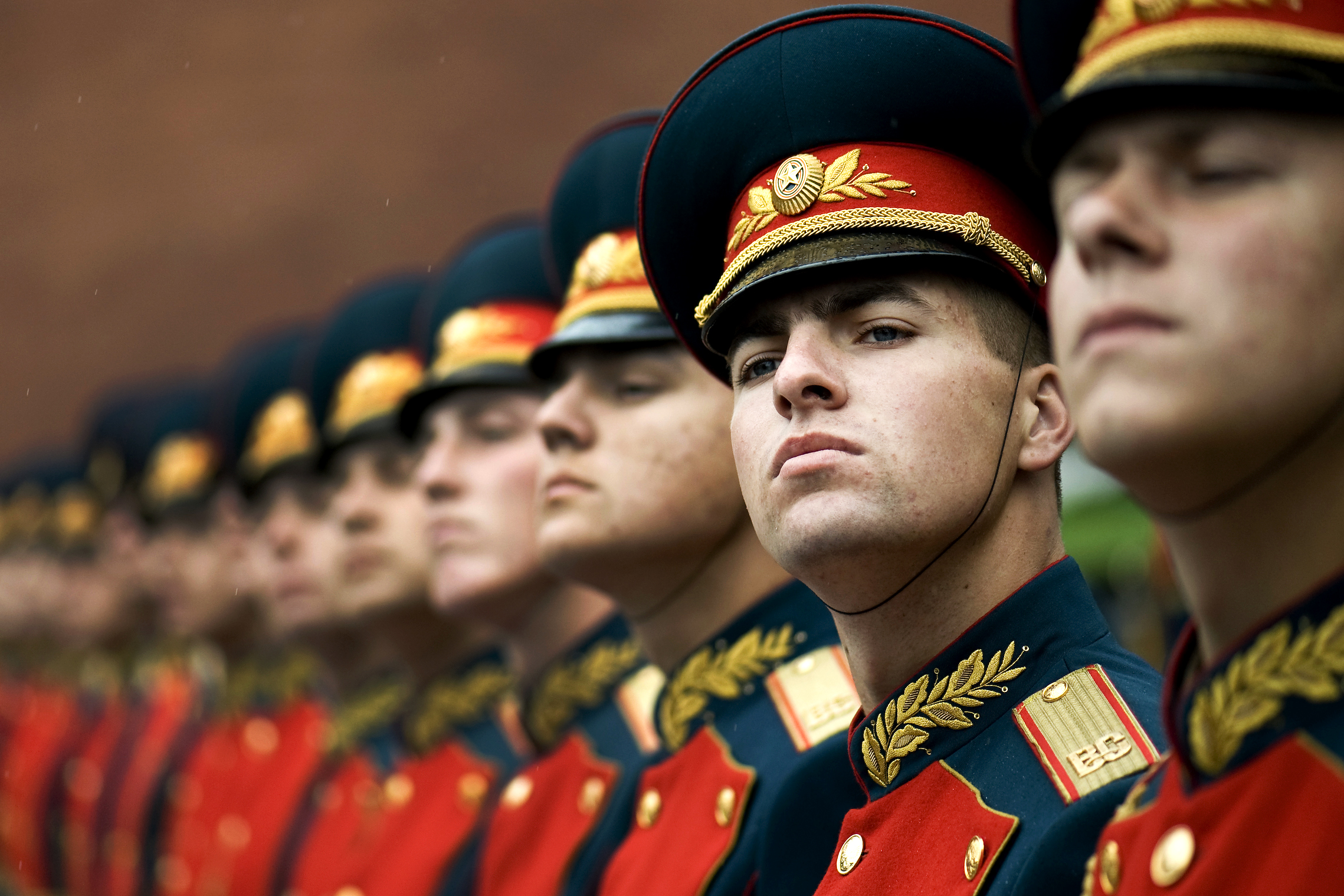
Gogol’s “Nose” and Reversing Russian Military Officer Downsizing
Publication: Eurasia Daily Monitor Volume: 8 Issue: 26
By:

Nikolai Gogol’s satire “Nos” (The Nose) based on a St. Petersburg official’s nose separating from its owner and assuming an adventurous life of its own, fits the seemingly inexplicable shifts and twists in the current effort to reform Russia’s conventional armed forces. It seems that the “reform” has assumed a life of its own, while few can make any sense of its overall aims and future direction. On February 2, during a meeting of senior government officials, President Dmitry Medvedev promised that in 2012 a new system of allowances will increase basic pay for officers, as well as pension payments, and would also take account of the enlargement of the officer corps. “We shall have to take into account a number of new factors related to the increase in the number of officers, which the defense minister has reported to me about,” Medvedev said (RIA Novosti, Channel One TV, February 2).
Problems have emerged regarding the justification of an increase to the officer corps, the numbers involved as well as confusion over its significance. Defense Minister, Anatoliy Serdyukov, stated that 70,000 additional officers are required in the armed forces by 2012, due to an increase in the number of units and the forming of “military-space troops” as a new branch of service (Zvezda TV, February 2). His clumsy reference to VKO and its new status raises the question as to whether it will become a vid (branch) rather than a rod (arm) of service: which would mark a significant change. However, it is unimaginable that the VKO could absorb 70,000 officers (Rossiyskaya Gazeta, February 4,).
Commentators concentrated on the departure from one of the central planks in the reform, downsizing the officer corps, and speculated on the possible underlying causes of this latest reversal (https://news.rambler.ru/8908959/, February 2). Announcing the reform on October 14, 2008, Serdyukov set the target of reducing the officer corps to 150,000 and both the defense minister and the Chief of the General Staff, Army-General Nikolai Makarov went to great lengths afterwards to justify this policy. Its principle aim was to streamline the top-heavy structure, drawing upon an analysis of the size of the officer corps in foreign militaries, the reformers decided that 150,000, or 15 percent of a “one million” strong military was the optimum. Of course, the “one million” figure is clearly only notional, and consequently senior officers including the Commander-in-Chief of the Ground Forces, Colonel-General Aleksandr Postnikov, argued that the percentage of officers may be adjusted to nine percent. In any case, as the downsizing was implemented, the overall structure remained top-heavy.
Adding 70,000 officers will make the structure more top-heavy. But adding 70,000 to what? Serdyukov has provided different figures on the number of serving officers, saying in late December 2010 it had reached 181,000, and on February 3-4 claiming the figure is 150,000. Serdyukov mixes up his tenses, sometimes referring to the actual progress of the downsizing, or the future target –depending on his audience (Interfax, February 4; Zvezda TV, February 2; Krasnaya Zvezda, December 29, 2010). At best, the 70,000 will be added to the initial target figure of 150,000, making the adjusted goal 220,000; interestingly no official refers to the future percentage figure. As a result of the downsizing, and the absence of sufficient numbers of apartments for discharged officers, the defense ministry created the unique designation “placed at the disposition of the commander,” meaning a large number were neither in nor fully out of service; by the fall of 2010 reportedly there were 70,000 such officers, and no doubt some of these will be reabsorbed.
Downsizing in isolation does not indicate reform, unless linked to other elements of such an agenda. Yet, judging by statements from members of the Duma defense committee, the actual purpose of the personnel policy reversal is to enhance combat readiness in the armed forces. Indeed, Mikhail Babich, the Deputy Chairman of the Duma Defense Committee said these proposals emerged from a Duma working group and the defense ministry: “on how to adjust the army and navy reform,” in order to “correct wrong decisions by the defense ministry about the mass cuts among servicemen, primarily officers” (Interfax, February 4).
Nonetheless, the context of this apparent farce is related to the crisis in military manpower, as the biennial draft becomes increasingly difficult to fulfill and awareness that contract personnel are not of sufficient quality. Specifically, the reform inadvertently reduced combat readiness at a time when the drive was to raise such levels: this stemmed from the fundamental error in implementing the reform (EDM, December 7, 2010). Officer downsizing was conducted too rapidly, while the goal to introduce new professional non-commissioned officers (NCO’s) faltered, while the two reforms were not mathematically correlated.
Colonel-General (retired) Leonid Ivashov, the President of the Academy of Geopolitical Problems, linked the decision to increase the officer corps to Medvedev attempting to enhance his approval rating. “Turning points like these in the life of the army are of a strategic nature, and decisions like these should not be taken without an academic study, without a simulation of this image of the armed forces or being tested in individual units,” Ivashov suggested (Ekho Moskvy, February 2). This may be supported by coverage on the presidential website of Medvedev and Serdyukov visiting officers in their apartments, which has a decidedly “campaigning” flavor (https://news.kremlin.ru/news/10050, January 12).
This latest policy reversal is a departure from the conceptual reform envisaged in the fall of 2008, but other elements of the reform continues unabated. The decision to abandon officer downsizing represents a major correction to the original reform agenda and is driven by the NCO issue and problems related to combat readiness. Additional initiatives will surely follow, no doubt aimed at further correction, particularly over the “permanent readiness” status of the brigades. The Security Council is also examining the issue of contract service. Consequently, it may be more accurate to view the unfolding process as a set of disjointed reforms. And, as the reformers “muddle through” like in Gogol’s satire, the nose of the reform may reattach at some future point, allowing clear strategic purpose to emerge. But the reversal may prove to be a pyrrhic victory for the conservatives among the officer corps, since the narrative over the past twenty years has consistently involved downsizing.




